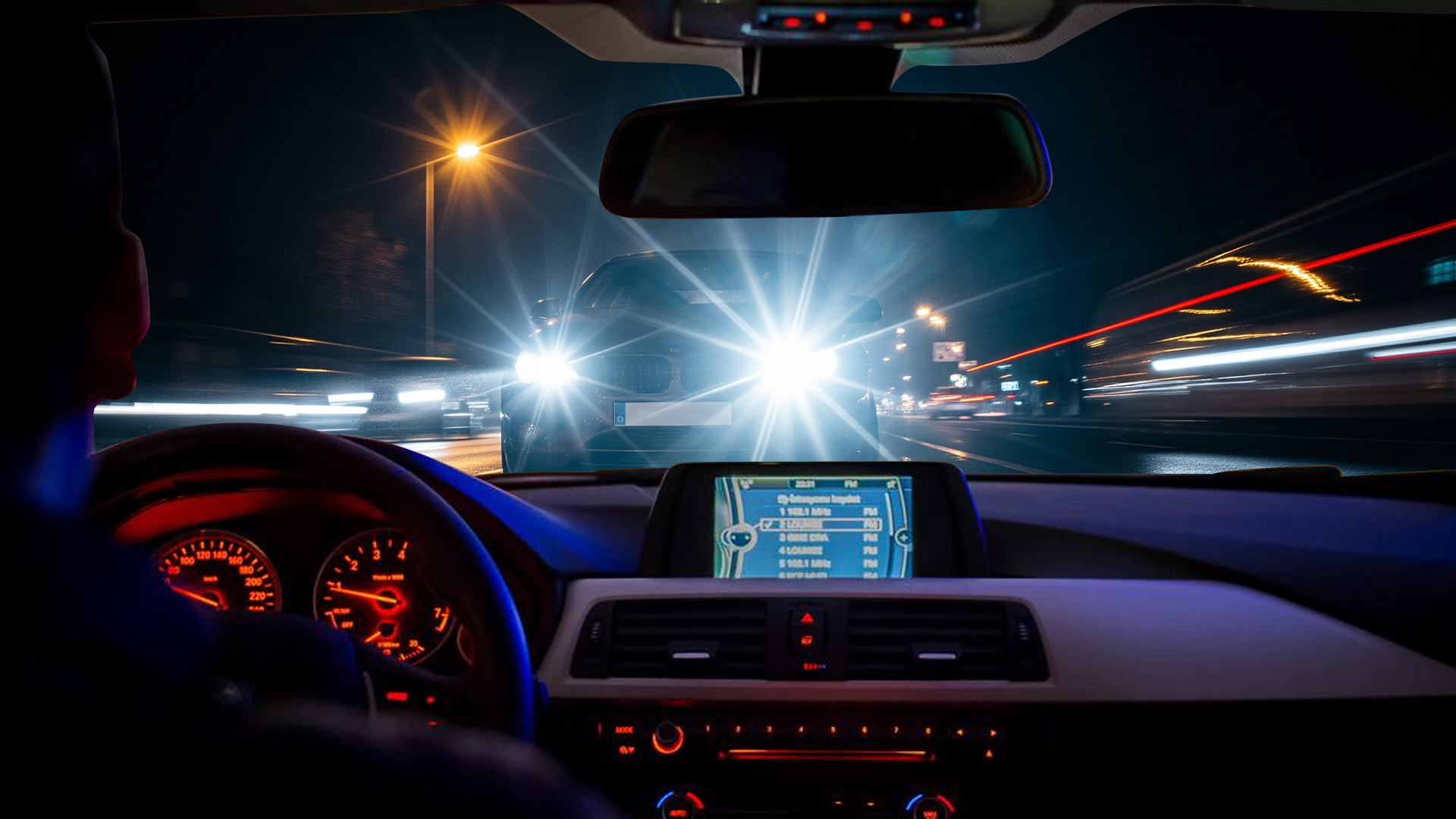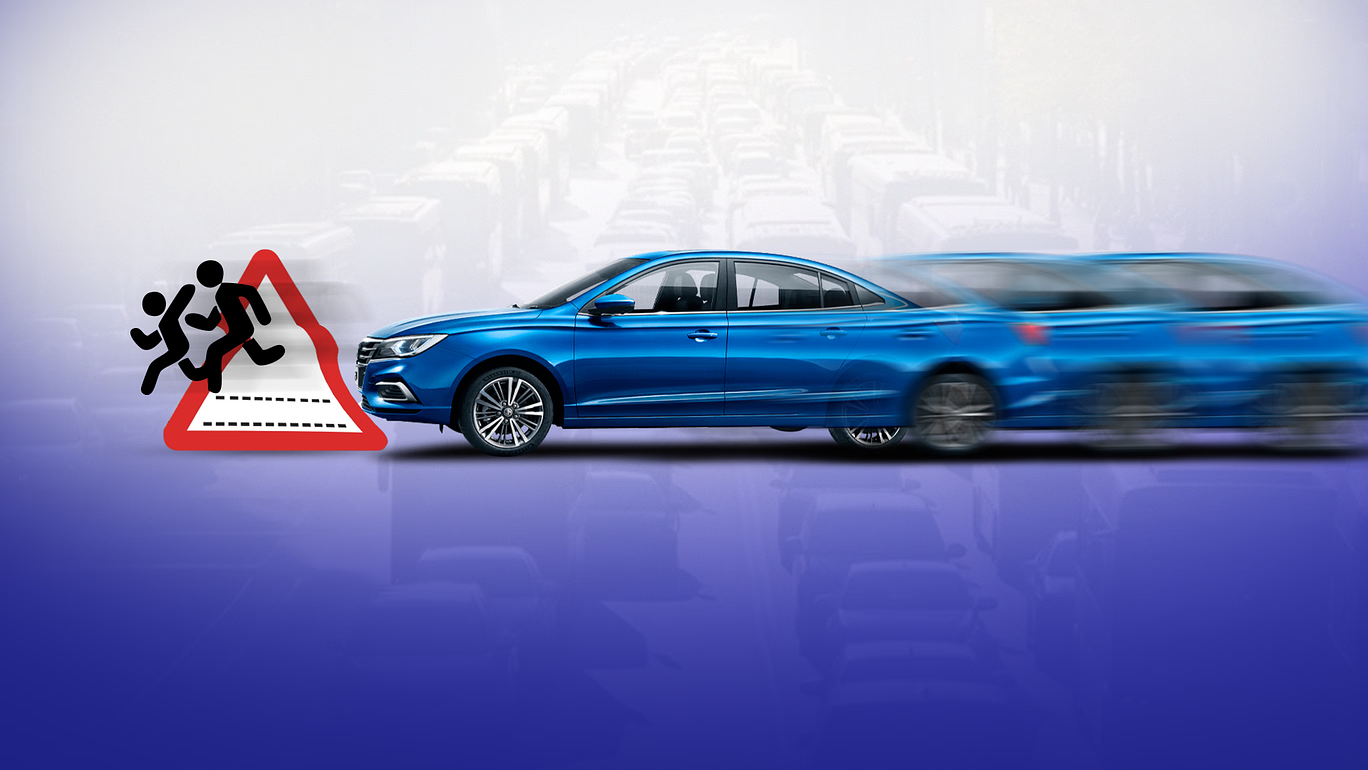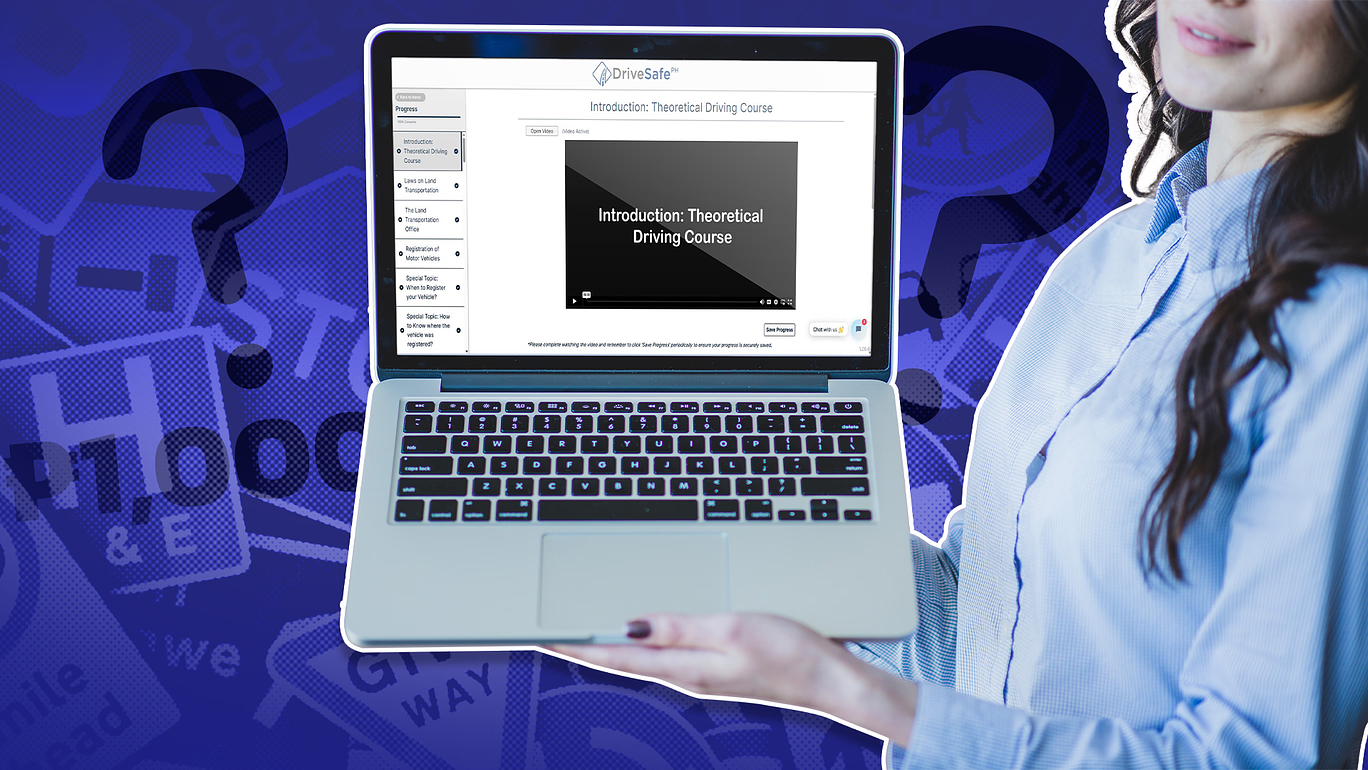High beams are an essential feature of your vehicle’s lighting system, particularly when driving in low-visibility situations. They allow you to see farther ahead, improving safety by giving you more time to react to potential hazards. However, the improper use of high beams can cause serious problems for other drivers, particularly when used at the wrong time. Understanding when to use high beams, as well as when to switch to low beams, is critical to maintaining road safety and being considerate of others.
When to Use High Beams
High beams are most effective when you’re driving in conditions that reduce visibility, such as:
- On poorly lit roads and highways
When driving through rural areas, remote highways, or any location with minimal street lighting, high beams offer a distinct advantage. In these cases, high beams allow you to see obstacles like animals, pedestrians, or debris from a much greater distance, giving you ample time to respond. Without them, you risk not spotting these hazards until it’s too late. - In low-visibility weather conditions
Weather can significantly reduce visibility at night, especially during heavy rain, fog, or snow. In such conditions, your vehicle’s low beams may not provide enough light to see clearly ahead. High beams help cut through fog or rain, allowing you to better spot road signs, vehicles, or obstacles in your path. However, be cautious: high beams can also reflect off moisture in the air, potentially causing glare and reducing visibility. If this happens, it’s best to switch to low beams or adjust your headlights accordingly. - When there’s no oncoming traffic or vehicles in front of you
If you’re driving on an empty road or there’s no car ahead of you, high beams can be very beneficial. You can use them to increase your field of vision, which is particularly helpful on highways or when driving in rural areas with no streetlights. As a rule of thumb, always use high beams when there’s no other traffic to avoid disrupting other drivers.
When Not to Use High Beams
While high beams are incredibly helpful in certain situations, using them at the wrong time can cause significant safety risks. Here’s when you should avoid using high beams:
- When there’s oncoming traffic:
One of the most important rules of high beam etiquette is to never use them when an oncoming vehicle is approaching. The glare from your high beams can blind the other driver, causing temporary vision impairment and creating a hazardous driving situation. As a general rule, you should switch to low beams about 500 feet before the oncoming vehicle reaches you. This gives the other driver enough time to adjust and ensures their safety. - When following another vehicle:
High beams should never be used when you are driving behind another vehicle, especially if you’re tailgating. The bright lights from your vehicle will reflect in the rearview mirror of the car in front of you, which can be extremely distracting and even dangerous. If you find yourself too close to the vehicle ahead, always switch to low beams to avoid making the driver uncomfortable or causing them to lose focus on the road. - In urban or well-lit areas:
High beams should also be avoided in cities or areas with sufficient street lighting. In these conditions, the added brightness from your high beams won’t improve your visibility but can cause unnecessary distractions for pedestrians and other drivers. If you’re driving in an area with lights, use low beams to avoid disturbing others. High beams are meant for situations where the natural lighting is insufficient, not where streetlights already illuminate the road.
Using high beams properly is not just about improving your own visibility; it’s about being considerate of others on the road. When you use high beams incorrectly, you can cause discomfort or dangerous situations for other drivers, from blinding them to distracting them with unnecessary glare.
High beam etiquette is also essential for creating a safer driving environment for everyone. By ensuring you only use high beams when appropriate, you help prevent accidents caused by poor visibility, reduce the risk of temporary blindness for other drivers, and maintain the flow of traffic. In return, you’ll be able to navigate roads more confidently, knowing that others are also following proper headlight usage.
For the latest updates on transport policies, road safety measures, and driving education, connect with DriveSafe PH:
✔ Follow us on Facebook for real-time updates: https://www.facebook.com/drivesafeacademy
✔Be a responsible and safe driver—Enroll in our OTDC: https://main.drivesafe.ph/find-driving-school



